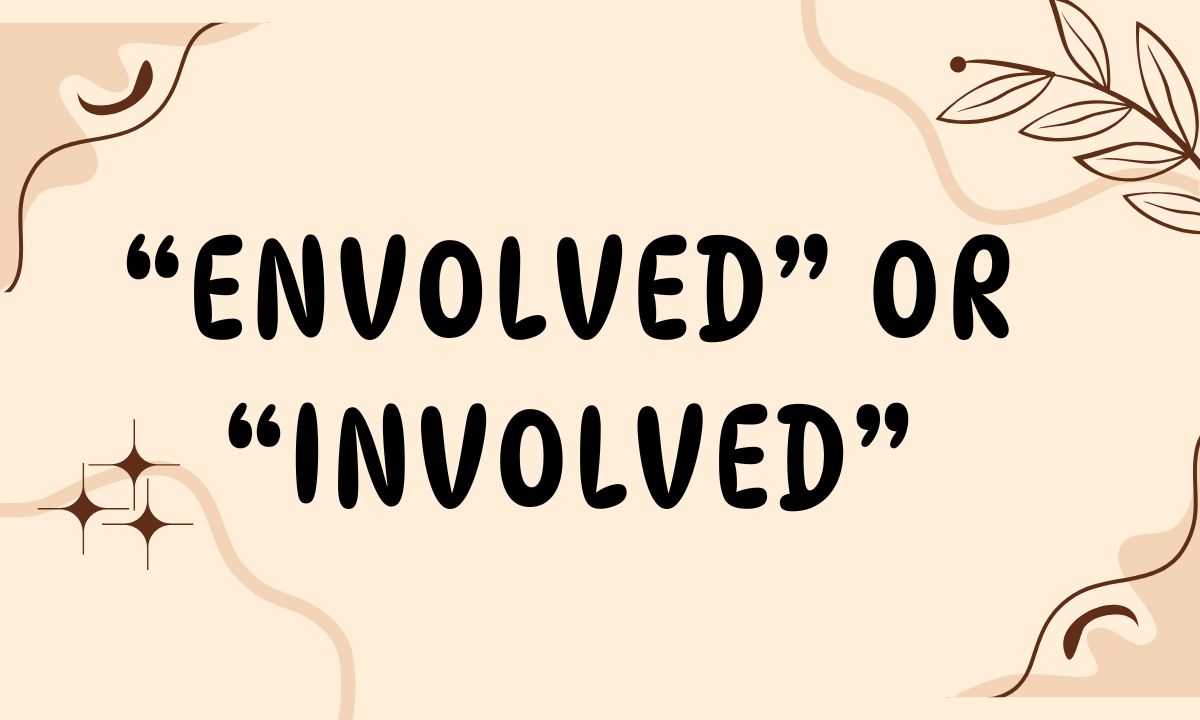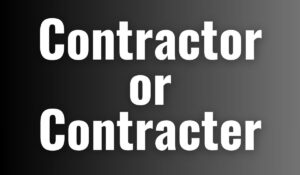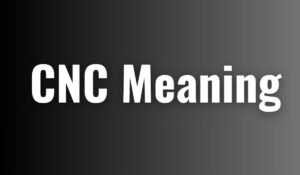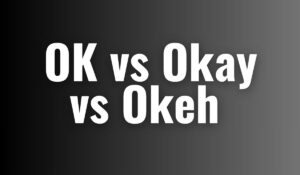Many people are confused about whether to use Envolved or Involved in English. While the words look similar, they are not the same. Involved is the correct word in modern English, while Envolved is mostly considered incorrect.
Understanding the difference is important for clear writing, especially in professional or academic contexts. In this article, we will explore the meanings of “Envolved” or “Involved”, usage, examples, and common mistakes, and provide practical tips to help you always choose the correct word.
Understanding “Involved”
The word “Involved” is widely used in English to indicate participation, connection, or complexity. When you say someone is involved in something, it usually means they are part of an activity or situation.
For example, “She is involved in a charity project” means she participates actively in the project. Involved can also describe something that is complicated, as in, “The instructions are very involved.” Additionally, it can describe emotional connection: “He is emotionally involved with his team.” Using Involved correctly helps your sentences sound professional and clear.
Why “Envolved” Is Often Confused
Many English learners make the mistake of writing “Envolved” instead of “Involved.” The main reason for this confusion is the similarity in pronunciation and spelling. Envolved is rarely used in modern English and is often seen in old texts or as a typographical error. Using Envolved in formal writing is considered incorrect.
If you want your writing to be clear and professional, it is always better to stick with Involved. Remember, most dictionaries do not recognize Envolved as a standard word.
Historical Background of “Envolved”
The word “Envolved” occasionally appears in older texts, usually in literature or historical documents. In these cases, it is considered an archaic or poetic form that roughly meant “wrapped up” or “enveloped.”
However, this usage is extremely rare in modern English. Most dictionaries today do not list Envolved as a standard word. Writers who encounter it in historical readings may assume it is correct for contemporary writing, but this is not true. Understanding its history can help learners see why it exists, but it should not be used in daily communication, formal writing, or academic texts. Always replace Envolved with Involved for clarity.
“Involved” in Professional Writing
Using Involved correctly is crucial in professional contexts. In emails, reports, or presentations, Involved conveys clear meaning. For example, saying, “I was involved in the marketing project” immediately communicates participation.
Similarly, in academic writing, describing a process as “involved” highlights complexity, such as “The experiment involved multiple stages of testing.” Using Envolved instead would confuse readers and reduce credibility. Professionals should always use Involved to maintain clarity, accuracy, and professionalism. Consistent correct usage also improves readability and demonstrates strong command of English.
Emotional and Personal Contexts
Involved is not only about tasks or projects; it also describes emotional connections. For example, “He is deeply involved with his family” indicates strong emotional engagement. Using Envolved in this context would sound incorrect and awkward.
Involved helps express relationships, responsibilities, and commitment in personal communication. Whether you are writing a letter, email, or social media post, using Involved in emotional contexts ensures your message is clear and natural. Remembering this will help avoid errors in both personal and professional writing.
Correct Usage of “Involved” with Examples
Using Involved correctly is easy once you understand the context. Here are some examples:
- She got involved in the community project last month.
- The task is very involved and requires careful attention.
- He became emotionally involved in the story of the characters.
- Students who are involved in extracurricular activities often develop better skills.
Notice that in each example, Involved fits naturally. Avoid replacing it with Envolved, as that would make the sentence sound incorrect or confusing. Using Involved properly improves readability and professionalism.
Common Mistakes With Envolved or Involved
Confusion between Envolved and Involved is common. Many writers make these mistakes:
- Typing Envolved by mistake because of pronunciation similarity.
- Thinking Envolved is an alternative or archaic form of Involved.
- Using Envolved in formal or academic writing, which looks incorrect.
To avoid these mistakes, always double-check your spelling. Using Involved ensures your text is correct and easy to understand. Professional writers, students, and bloggers should remember that Envolved is rarely accepted in modern English.
Tips to Remember the Difference
Here are some practical tips to avoid the Envolved vs Involved mistake:
- Always use Involved unless quoting old texts.
- Remember the meaning: Involved is about participation, complexity, or emotional connection.
- When in doubt, check a dictionary. Envolved almost never appears.
- Think of Involved as being “inside” or “connected” to something; this mental image helps you choose the correct word.
By following these simple tips, you can avoid common errors and make your writing more professional and readable.
READ MORE : Mine as Well, Might as Well, or Mind as Well? Which Is Correct?
Examples of “Involved” in Everyday Writing
Using Involved correctly in everyday writing improves clarity and understanding. Here are more examples:
- Teachers encourage students to get involved in class discussions.
- The case became involved after new evidence appeared.
- She is deeply involved in social work and community service.
- His research involves many involved steps to complete.
In each sentence, Involved works naturally, showing participation, connection, or complexity. Notice how Envolved would not fit in any of these examples.
Conclusion
“Involved” is the correct word to use in modern English, whether in writing, conversation, or professional contexts. Envolved is rare, outdated, and generally incorrect. Understanding the meaning and proper usage of Involved will help you write clearly and professionally.
Always double-check your spelling, use active voice, and remember the context of participation, connection, or complexity. By following these guidelines, you can confidently avoid mistakes about Envolved or Involved and make your writing accurate, clear, and easy to understand.
FAQs About Envolved or Involved
Can I use “Envolved” in formal writing?
No. Envolved is not recognized in modern English. Using it may confuse readers and look unprofessional.
Why do people confuse these words?
The similarity in pronunciation and spelling causes the confusion. Some may also see it in old texts or online and think it is correct.
Is there any context where “Envolved” is acceptable?
Only in rare historical or poetic texts. Modern English always prefers Involved.
How can I remember the right word?
Associate Involved with being connected, part of something, or complex. This association helps you avoid mistakes.








